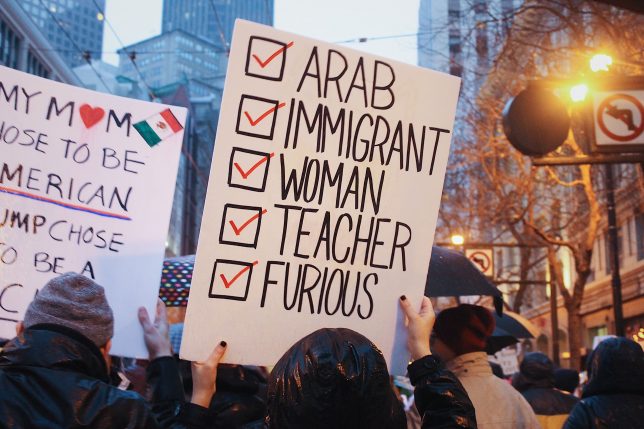
Source: University of Oxford Law Blog
A CHANGING LANDSCAPE
Given the rise of new, advanced technologies, it is difficult to ignore the impact that social media has on our everyday lives and the current political, social, and economic climate. Social media platforms, like Facebook, Twitter, and YouTube, have revolutionized the development of many social movements, mobilizing and uniting people together in innovative ways that are based on overlapping categories ranging from socioeconomic status to gender to ethnicity to religion to legal status.
THE IMPACT OF HISTORY
Interestingly, many of these movements were built on the shoulders of antecedents that have preceded the use of social media platforms. The social movements that challenge cultural attitudes, norms, and laws, like the Women’s Rights Movement, the Immigration Rights Movement, and the LGBTQ Rights Movement, existed long before Facebook, Twitter, or YouTube were ever invented. The history of such movements is rooted in the physical space. Individuals from diverse backgrounds have long mobilized together to protest against the discrimination of different marginalized groups. The arguable success of many movements, in terms of changing laws and challenging preconceived notions, is owed largely in part to the magnitude and power of protests, mass demonstrations, and nonviolent sit-ins. Thus, to truly understand how social movements have changed with social media, we must first study social movements before the advent of social media.
SOCIAL MEDIA: BENEFITS AND COSTS
A double edged sword, there are both benefits and detriments associated with this new method of social organisation that each chapter seeks to explore in greater depth.
In terms of benefits, social media has enabled social movements to amass large amounts of success. The online world provides the power to organise without any formal organisations, which speeds up the process of mobilisation and allows for greater scale in rapid time frames. Additionally, these online movements are able to sustain attention across borders, a feat that was not previously possible. Finally, social media supported the development of creativity to contribute to narrative building, critical in driving effective social movements. For instance, memes, in particular, have proven to be a useful tool when it comes to repeat certain ideas so that they enter the public consciousness and are able to retain attention.
However, social media comes with its detriments as well. Social media movements can organise too fast, and without network internalities, which are durable networks ideal for organised action. As a result, there is a limited ability to make real change. Social media movements might also lack clear leadership, which makes it hard to interact with authorities in order to direct precise and meaningful change.
It is unsurprising that different social movements organised on social media have resulted in extremely different consequences. By diving into each social movement with greater depth, the authors explore how exactly social media was leveraged by social actors, highlighting both the benefits, as well as critiques to advance an argument about how social movements have transformed with this new and essential tool.
